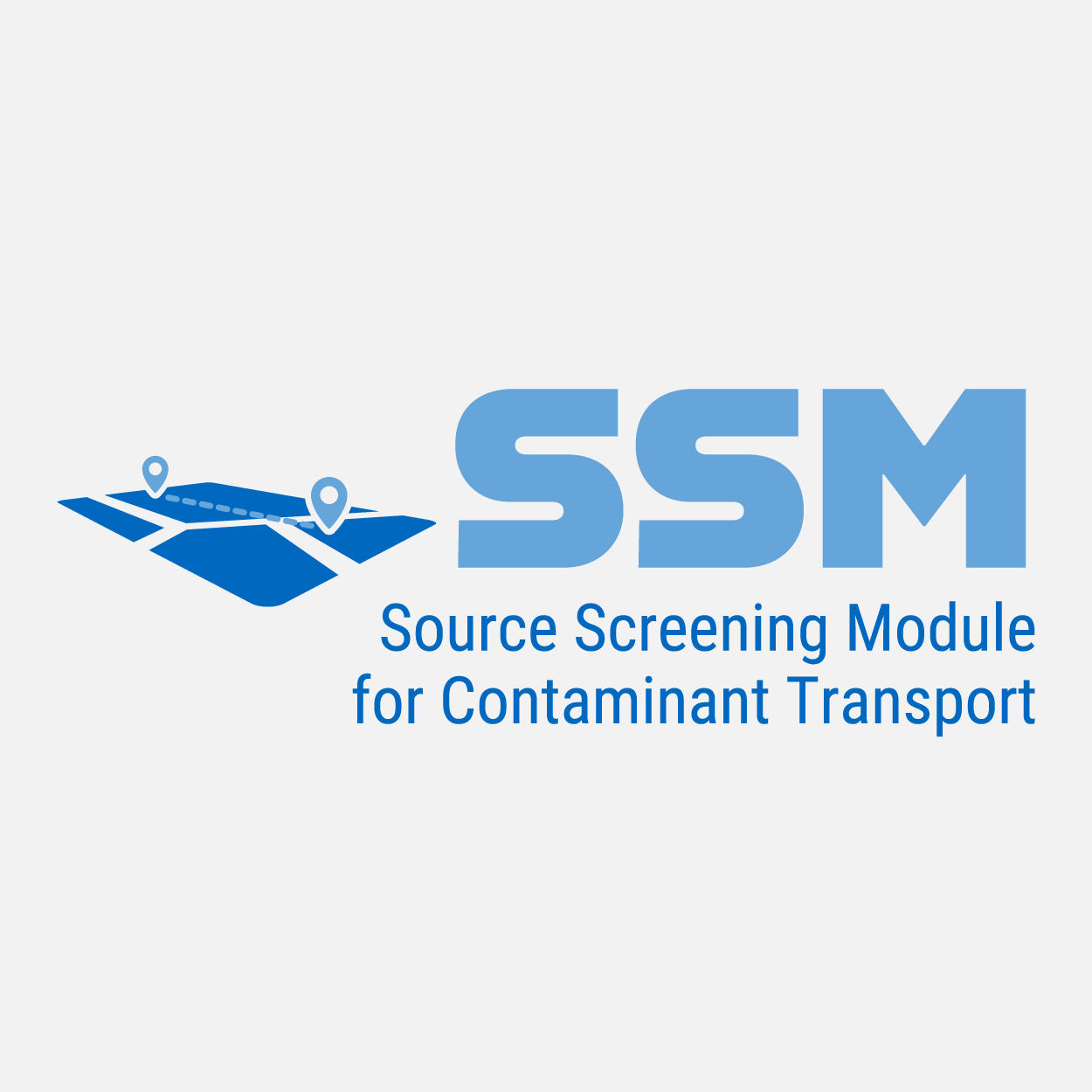
Inspired By Excellence & Innovation
SSP&A develops and distributes software for groundwater modeling and related analyses. Many of these programs are provided free-of-charge, although a professional version of MT3D, referred to as MT3D99, is available. Select a software offering below to learn more.

Learn about the software SSP&A develops and distributes – in-house or collaboratively with the U.S. Geological Survey and other consultants – for groundwater modeling and related analysis.
Visit our Software Development page to learn more about our capabilities and experience.




























